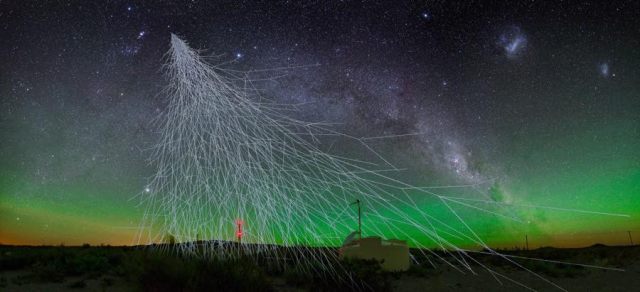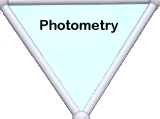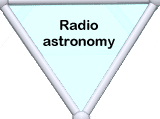Windows of Astronomy |
|
Cosmic raysCosmic rays are a discovery of the early twentieth century. Credit is given to Victor Hess, earning him the Nobel Prize for Physics in 1936 ‘for his discovery of cosmic radiation’. Hess and others had been puzzled by why charged electroscopes spontaneously discharged wherever they were, inside the laboratory or outside a building. Radioactivity had recently been discovered at the end of the nineteenth century as a source of ions that could be responsible for such a discharge. Radioactivity was suspected to be the culprit. Around the year 1912, when he was working in Vienna, Hess made a number of balloon ascents with his electroscope. He showed that an electroscope discharged faster the higher he went. By 5 km altitude (a height where breathing unaided is difficult) his electroscopes discharged several times faster than at ground level. Hess’s experiments were quite dangerous but they showed convincingly that the source of ionizing radiation came not from the ground but from outside the Earth. Where it came from was a tough problem to solve. Nowadays electroscopes are not needed to detect cosmic rays. Switch on a Geiger counter and the click-click-click at the rate of a few a second comes mostly from secondary cosmic rays. The direction of cosmic rays can be explored with a cosmic ray telescope that contains a line of particle detectors (3 is enough) that give a signal only when all are triggered in rapid succession. Such telescopes showed that there was usually little change in the number arriving whatever direction the telescope was pointed in and whatever time of day. Part of the trouble, as we now know, is that most of the cosmic rays clicking ground level detectors are generated in the upper atmosphere from the ‘real’, primary, cosmic rays. These are raw star stuff, highly energetic charged particles coming mainly from very energetic stellar processes such as supernova explosions. Some come from the corona of the Sun. Amazingly enough, the cosmic ray window lets us sample material from other stars without going there. It is quite an extraordinary discovery. Unfortunately pointing a cosmic ray telescope in a given direction doesn’t point to the source. The trajectory of a charged particle is bent into a spiral by a magnetic field and all cosmic rays from other stars must pass at least through the interplanetary magnetic field generated by the Sun before reaching us. This almost randomises the direction they reach us, making it hard to pinpoint the source.
|
 Generation of secondary cosmic rays. Image by Helmholtz Alliance for Astroparticle Physics
Generation of secondary cosmic rays. Image by Helmholtz Alliance for Astroparticle Physics |
One field of modern cosmic ray studies is investigating rare but almost unbelievably energetic cosmic rays. Our most powerful particle accelerators such as CERN’s Large Hadron Collider create particles with an energy of just under 1013 electron volts. Some cosmic rays have been found to have energies ten million times greater, at 1020 electron volts and higher. The Pierre Auger observatory in Western Argentina covering 3000 km2 is one of a number of observatories especially built to look for ‘ultra-high energy’ cosmic rays. How were they created? Not by any Earth-based technology we can imagine. They are too high energy to be deflected significantly by the interplanetary magnetic field but they are deflected by the galactic magnetic field. Making some allowance for this, their source appears to be beyond the Milky Way. Cosmic rays are indeed a window onto the most energetic processes in the Universe. |
|


